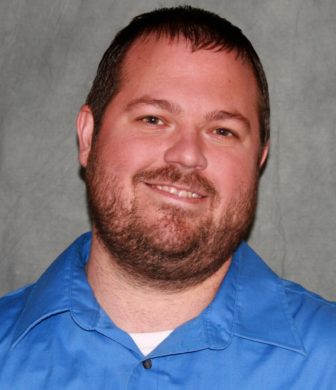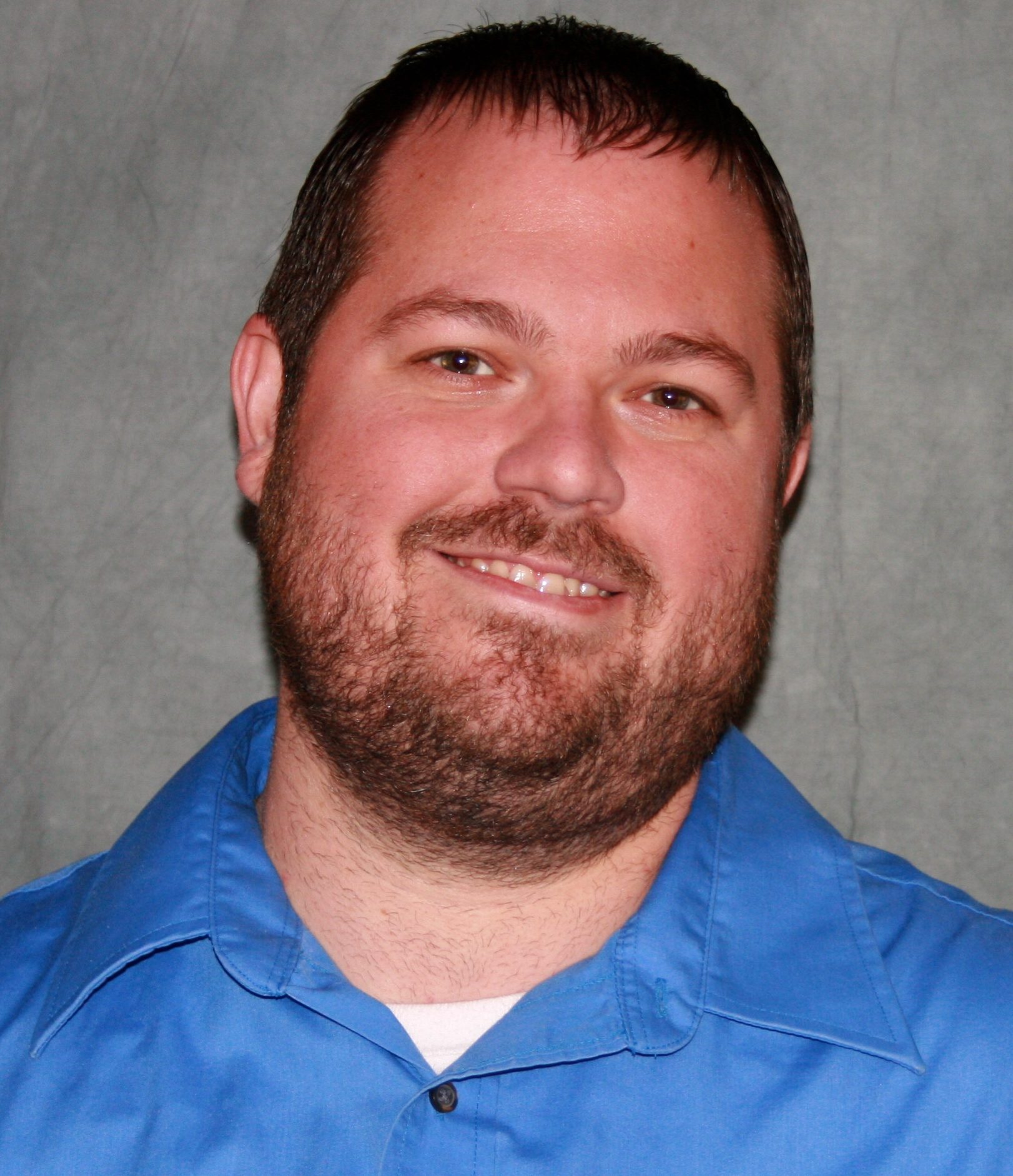 We all want to see numeric growth in our programs. Having more youth means our program can impact more lives, offer more student opportunities or programming, and — let’s be honest — will provide more funding.
We all want to see numeric growth in our programs. Having more youth means our program can impact more lives, offer more student opportunities or programming, and — let’s be honest — will provide more funding.
So how do we get there? What’s the secret? Unfortunately program growth isn’t quite that simple, but the good news is it doesn’t have to be that complicated either.
You’re probably already doing most of what it takes to grow your program. But to see growth you will need to evaluate your program honestly, move forward strategically and act intentionally. Sustainable program growth is just a few steps away.
First, if you want to start down the road toward growth you have to determine your program’s “key ingredients” and “secret sauce.” This may not seem like the first action step towards numeric growth, but without this vital part of the process, any growth you achieve will not be sustainable.
On our program’s road to growth, we had to intentionally pause, evaluate and refine ours several times. To determine your program’s key ingredients and secret sauce requires two things — knowing what drives your program and what makes your program special. Believe it or not, those are two different things.
First, what is it that drives your program? What are the fundamental elements, the things that are non-negotiable and ingrained in your program’s DNA?
As a program leader I would encourage you to ponder that, but even more importantly to seek input from your staff team and your parent community. Those answers will be different for different programs.
But whatever the answers are, after you establish them it’s time to ask yourself a hard question. How is your program doing in those areas? Are there areas that you need to work harder on or pay more attention to?
Obviously a program that is missing the mark on fundamental goals or core values will not grow. As Stephen Covey said, “The main thing is to keep the main thing the main thing.”
As part of this analysis, you also need to identify and celebrate what makes your program different or special. What is it that your program does differently (or better) than other similar programs? Or for some programs the question is why will a student choose to attend your program instead of simply going home?
Again, there will be different answers for each program. For our summer camp program, two of the things that set us apart are providing amazing field trip experiences and offering students lots of different programming/educational opportunities every day. We do our best to make sure that our field trip experiences are outstanding (and frequent) and we have worked to develop classes like art, music, drama, sports, STEM, creative writing, reading, and more that students experience, all in the course of one day.
Again, these are not magic ingredients in growing a summer camp program, but they are part of what makes our program shine. Whatever it is that makes your program special, make sure that you are doing that well and celebrating that difference loudly.
After you have your foundation solidified I believe the second step down the road of program growth is effectively capitalizing on word-of-mouth advertising. Paying for targeted advertising can be great if your program can afford it. But I have found that word-of-mouth advertising is more effective, more valuable and of course more cost-effective.
But let me dispel an advertising myth. Word-of-mouth advertising is ABSOLUTELY NOT FREE. The cost of good word-of-mouth advertising is making sure your program is providing an outstanding experience that will have students and families talking about your program in a positive way.
Making sure you are hitting the target on key ingredients and secret sauce comes first because without that, any word-of-mouth advertising you get will likely not be the kind you want. People will tell their friends about both the good and the bad.
In fact, in my experience people often talk more about the bad. I mean let’s be honest, who hasn’t complained to a friend about bad restaurant service or an awful movie. Sure, we share good experiences too. But think about this: Can you remember the last time you told a friend about your last average dinner or mediocre movie? Me neither. So if you want to grow, you have to give your families something great to talk about.
As a program leader, you can also provoke word-of-mouth advertising through more than just running an outstanding program. You can provoke it by giving families something to talk about.
At our program we do that through providing intentional “wow experiences” each year. Things that get people talking. They generate buzz.
Some of our wow experiences over the past few years have included things like bringing in a live elephant (let me tell you, that will get people talking), a BMX stunt show, contestants from “America’s Got Talent,” and, most recently, trucking in 20 tons of snow last summer. As we are based in Florida, this was many students’ first time seeing snow. Do you think they told all their friends about that? You bet.
But providing wow experiences doesn’t have to cost a fortune either. The examples I mentioned are flashy and exciting, but other wow experiences can be simple or heartfelt. It’s things like having staff who care enough about students that they attend dance recitals or sports games. Or having a volunteer tutor to give needed help with reading or homework. Or having students participate in community service projects. Or checking in on families going through serious illness or tragedy. Do you think people tell their friends about that stuff too? You bet.
Last, you can provoke word-of-mouth advertising by giving students and families tangible reminders to talk about your program. Things as simple as shirts or even craft projects work great. That cute ornament will be on the tree for years (especially if there’s a picture on it) and that Mother’s Day gift will probably be on mom’s desk at work until late summer. Both are a special gift from their child and both may just remind them about what a great program their child attends when talking to family members or co-workers.
Program shirts can be great reminders too. Most programs have a shirt students have to wear on field trips or for events. Make it a shirt students will want to wear every day, and some students will. As a church summer camp, one year as a craft project we made tie-dye shirts that said “Who would’ve thought a church camp could be this fun!” Students wore them for years and we had more families than I can count come into the program just because that simple fun reminder provoked a conversation about our program.
I know there are plenty of other steps on the continued path toward program growth. But in my experience, if you get these first two steps right, you’ll set your program in the right direction toward growth.
Chris Steurnagel is the director of Stars & Comets, a faith-based school-age before- and after-school care program and summer camp in the Tampa Bay area of Florida.


























